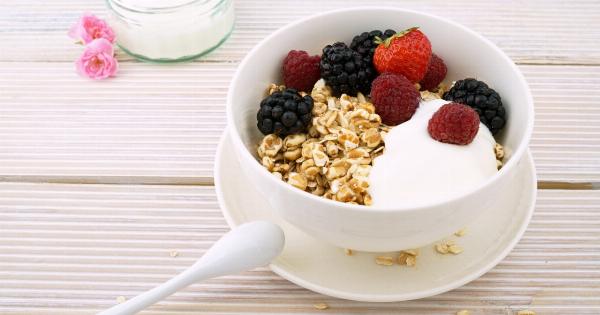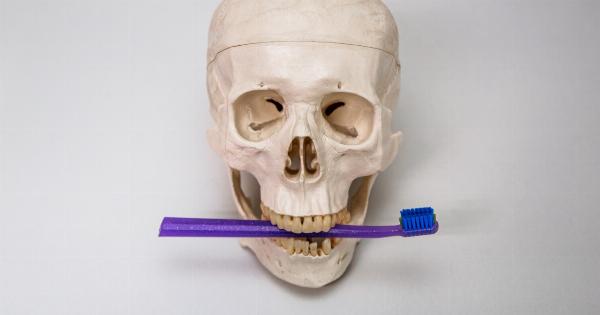Type 2 diabetes is a chronic medical condition that affects millions of people worldwide. In this disease, the body either resists the effects of insulin or doesn’t produce enough of it to maintain normal blood sugar levels.
This can lead to a host of complications, including heart disease, nerve damage, blindness, and kidney failure. However, research suggests that consuming milk and yogurt may help lower the risk of developing type 2 diabetes.
What is type 2 diabetes?
Type 2 diabetes is a metabolic condition that affects the way your body uses insulin, a hormone that regulates blood sugar.
In a healthy person, insulin helps cells in the liver, muscle, and fat tissues absorb glucose from the bloodstream and convert it into energy. However, in people with type 2 diabetes, the cells become resistant to insulin, and the body is unable to use it effectively. This leads to high levels of glucose in the blood, which can damage various organs over time.
How does consuming milk and yogurt help?
Milk and yogurt are rich sources of many nutrients that are beneficial for overall health, including calcium, vitamin D, protein, and probiotics.
Some studies have suggested that these nutrients may also help prevent type 2 diabetes by improving insulin sensitivity and reducing inflammation in the body. Here are some ways in which milk and yogurt can help:.
1. Calcium and vitamin D
Calcium and vitamin D are essential for strong bones and teeth, but they also play a role in insulin secretion and glucose metabolism.
Several studies have shown that higher intake of calcium and vitamin D is associated with a lower risk of developing type 2 diabetes. Milk and yogurt are excellent sources of both these nutrients, making them a valuable addition to a diabetes-prevention diet.
2. Protein
Protein is essential for building and repairing tissues in the body, including muscle tissue. It also helps regulate blood sugar levels by slowing down the absorption of glucose in the bloodstream.
Milk and yogurt are both good sources of protein, with one cup of milk containing about 8 grams and one cup of yogurt containing about 11 grams.
3. Probiotics
Probiotics are live bacteria and yeasts that are beneficial for digestive health. They can improve the balance of gut bacteria, reduce inflammation, and enhance immune function.
Recent studies have suggested that probiotics may also lower the risk of type 2 diabetes by reducing insulin resistance and inflammation in the body. Yogurt is a rich source of probiotics, particularly if it contains active cultures.
4. Fermented dairy products
Fermented dairy products, such as kefir and low-fat yogurt, may have additional benefits for diabetes prevention. These products are made by adding beneficial bacteria to milk, which ferment the lactose (milk sugar) into lactic acid.
This process creates a tangy, sour taste and increases the amount of probiotics in the product. Some studies have suggested that consuming fermented dairy products regularly may help lower blood sugar levels and improve insulin sensitivity.
Conclusion
Milk and yogurt are nutritious foods that can provide many health benefits, including diabetes prevention. However, they should be consumed in moderation, as they can also be high in calories and sugar.
If you have type 2 diabetes or a high risk of developing it, consult a healthcare professional to determine the best diet plan for your needs.





























